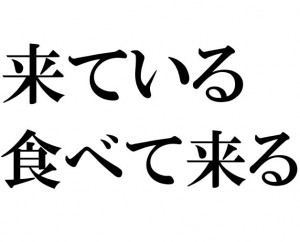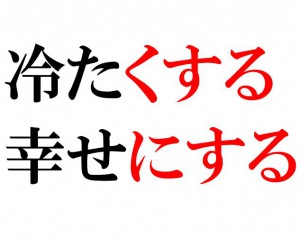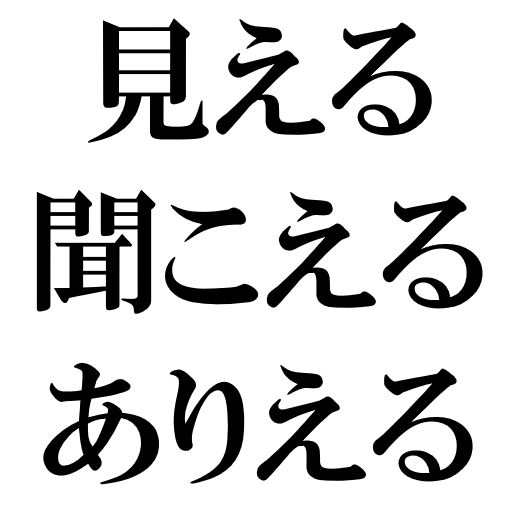Before starting the exercise for potential form 「見える」「聞こえる」「ありえる」, please clarify any doubts you may have about the grammatical rules by referring to your grammar guidebook or dictionary. The Instantaneous Composition Method requires you to compose sentences with the target sentence pattern(s) over and over in order to use them almost effortlessly. You should already have the necessary knowledge.
- Reference
- Tae Kim’s Guide – Potential Form
Instantaneous Composition Exercise for Potential Form 「見える」「聞こえる」「ありえる」
This is not a translation exercise. This is the Instantaneous Composition Exercise. As if a reflexive action, try to create an equivalent Japanese sentence shortly after reading an English script. Try not to think for more than three seconds.
- Audio File
English and Hidden Japanese Scripts
| 1. | Mt. Fuji is visible. |
| 富士山が見えます。 |
| 2. | The song is audible. |
| 歌が聞こえます。 |
| 3. | At last, (I) was able to see Mt. Fuji. |
| ついに富士山を見ることができました。 |
| 4. | At last, (I) was able to listen to (your) song. |
| ついに歌を聞くことができました。 |
[adsense]
| 5. | Can (you) see me? (lit. Am I visible?) => No, (I) cannot. |
| 私が見えますか? => いいえ、見えません。 |
| 6. | Can (you) hear (me)? (lit. Is my voice audible?) => Yes, (I) can. |
| 聞こえますか? => はい、聞こえます。 |
| 7. | (This) is an ocean-view room. |
| 海が見える部屋です。 |
| 8. | It’s possible that the teacher gets angry. |
| 先生が怒ることはありえます。 |
| 9. | It’s not possible that (my) father cries. |
| お父さんが泣くことはありえません。 |
| 10. | It’s possible that (it will) rain tomorrow. |
| 明日雨が降ることはありえます。 |
Recommended Links
How to Proceed with the Instantaneous Composition Method

Japanese Grammar Exercise: Motion Verbs 「行く」「来る」 with the te-form

Japanese Grammar Exercise: Using “Adjective + する”



